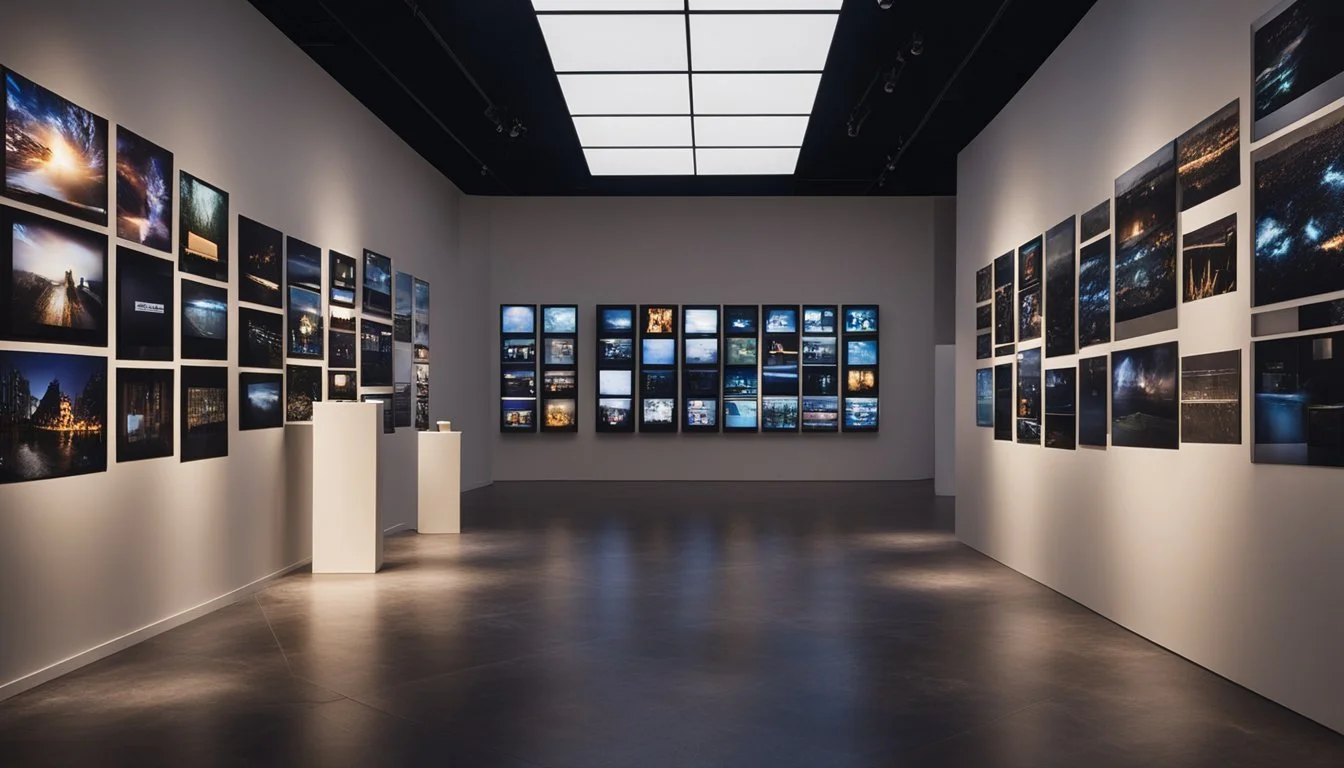Vintage graphic
3 Beautiful Brides Free Prints Vintage My favorite in this collection is the beautiful Fairy Bride. This fairy wears a flowing white gown with a veil. She is standing in the grass, and the cutest beetle is holding her train winport $100 no deposit bonus. This pretty print is a black and white etching with the prettiest yellow touches on her dress and green on the plants.
Hipster graphic designs are often in a minimal style with lines and even hand-drawn elements and typography styles. These projects use natural patterns and backgrounds – such as wood or chalkboard – or logos that overlay still images.
Even though you might not have lived through a particular decade, such as the 1920s, you’ll still be able to recognize if something references the era by picking up on visual clues. We’ll explore this side of vintage design in more detail below.
2 Vintage Bathtub Printables This fun set of vintage bathtubs printable are from an 1897 catalog filled with plumbing supplies and fixtures. The black and white bathtub has claw feet and stylish stripes on it. There is a huge shower head and some lovely ceramic tile on the wall. Such a classic looking image, perfect to print and hang on a bathroom wall.
While there are plenty of vintage graphic design styles to work with, a few seem to rise above the rest. These more common vintage styles seem to maintain a mainstream presence in many design projects.
Release art
Once the plan is set, the launch phase begins. This is where the ART goes live, and teams start executing their tasks based on the shared roadmap. With regular check-ins, coaching sessions, and real-time feedback, any obstacles are swiftly addressed, ensuring that the momentum stays strong.
The Agile Release Train is a powerful tool for product management and operations. It provides a structure for aligning teams around a common mission, and a rhythm for delivering value to the market. It also brings several benefits, including improved alignment, increased predictability, faster time-to-market, and enhanced quality.
Even though ARTs follow a structured cadence for development, they don’t force releases on a fixed schedule. Instead, teams release updates when the market or business needs them, ensuring flexibility while maintaining discipline in execution. This keeps customers happy without overburdening teams.
Once the plan is set, the launch phase begins. This is where the ART goes live, and teams start executing their tasks based on the shared roadmap. With regular check-ins, coaching sessions, and real-time feedback, any obstacles are swiftly addressed, ensuring that the momentum stays strong.
The Agile Release Train is a powerful tool for product management and operations. It provides a structure for aligning teams around a common mission, and a rhythm for delivering value to the market. It also brings several benefits, including improved alignment, increased predictability, faster time-to-market, and enhanced quality.
Cinematic artwork
Paintings in films do not just allow a creative interjection but execute a dialogue between two art forms. This exploration is not just an experimental activity for the filmmaker but an intellectual activity for the audience that brings out the implicit nuances and additional meanings in all their multiplicities. There are multiple other instances of references or reflections of paintings in films, with new instances being discovered every day. Here are ten other notable examples:
Additionally, we will examine notable artists who have successfully integrated cinematic elements into their paintings, including Edward Hopper and David Hockney, as well as contemporary artists who continue this tradition. By analyzing their works, we can see firsthand how film has shaped their artistic approach and enriched their visual storytelling.
The significance of this interdisciplinary approach lies in its ability to break down traditional boundaries and foster creativity. By drawing from multiple disciplines, artists can push the limits of their practice and create works that resonate on multiple levels. This fusion of film and painting not only enhances the storytelling potential of visual art but also reflects the increasingly interconnected nature of contemporary culture.
Paintings in films do not just allow a creative interjection but execute a dialogue between two art forms. This exploration is not just an experimental activity for the filmmaker but an intellectual activity for the audience that brings out the implicit nuances and additional meanings in all their multiplicities. There are multiple other instances of references or reflections of paintings in films, with new instances being discovered every day. Here are ten other notable examples:
Additionally, we will examine notable artists who have successfully integrated cinematic elements into their paintings, including Edward Hopper and David Hockney, as well as contemporary artists who continue this tradition. By analyzing their works, we can see firsthand how film has shaped their artistic approach and enriched their visual storytelling.
The significance of this interdisciplinary approach lies in its ability to break down traditional boundaries and foster creativity. By drawing from multiple disciplines, artists can push the limits of their practice and create works that resonate on multiple levels. This fusion of film and painting not only enhances the storytelling potential of visual art but also reflects the increasingly interconnected nature of contemporary culture.

